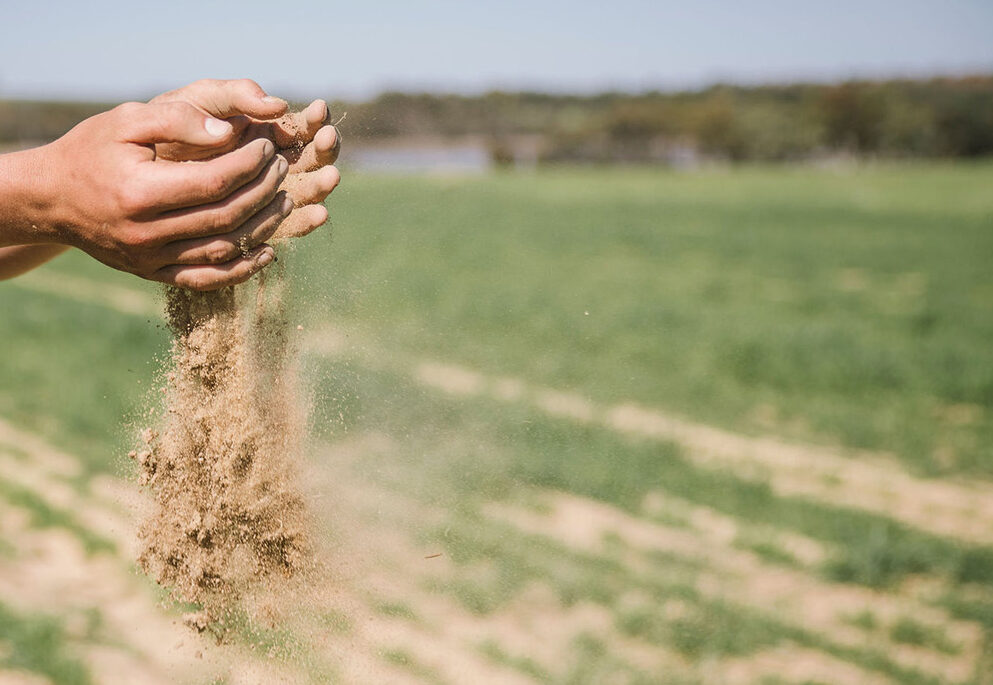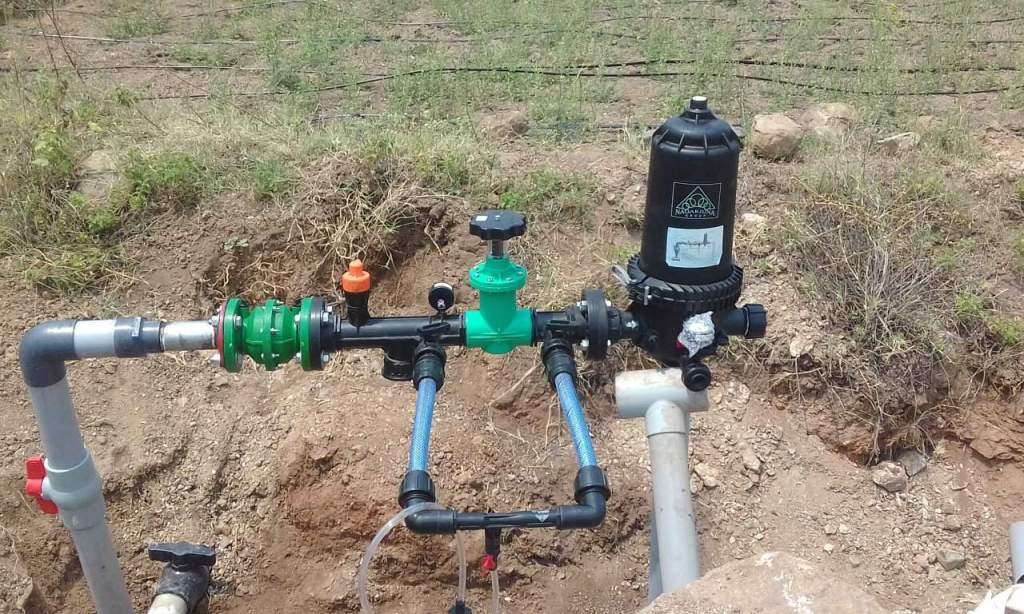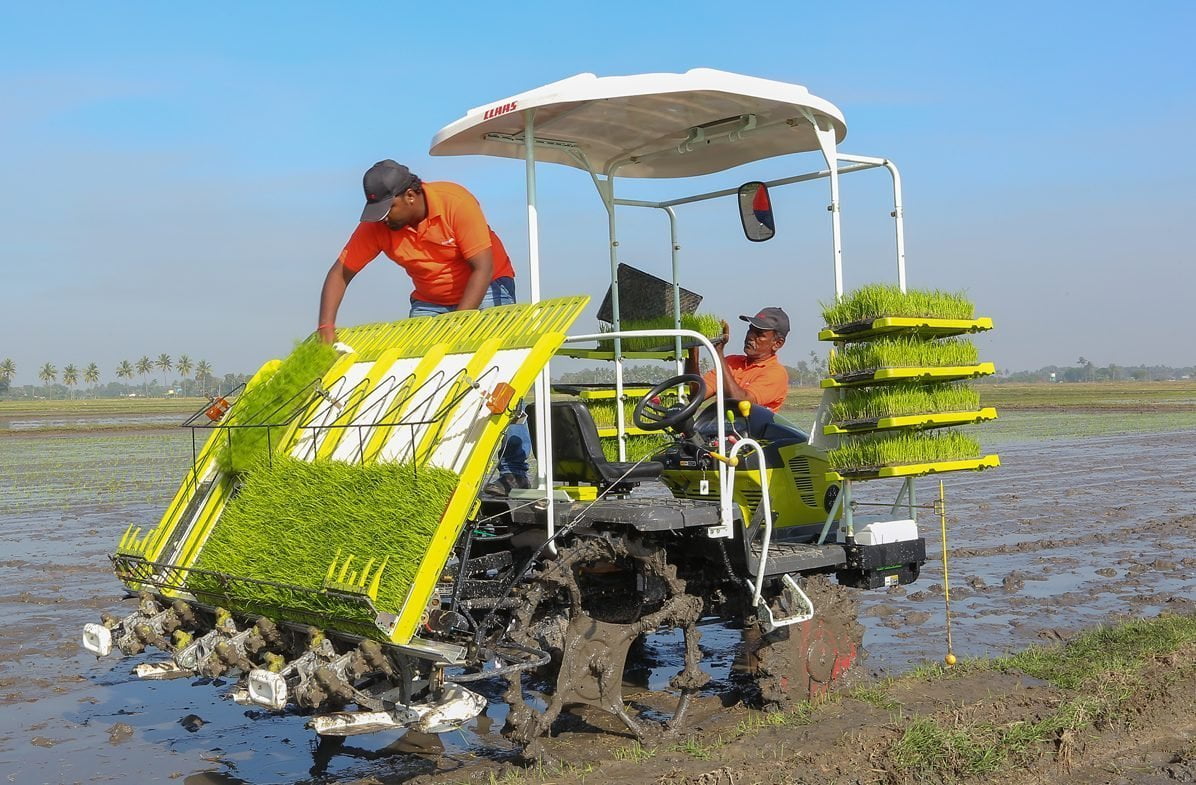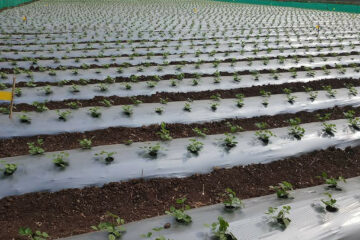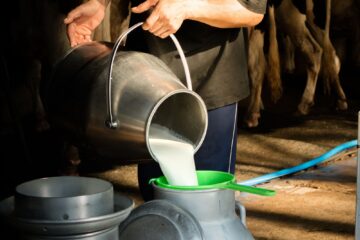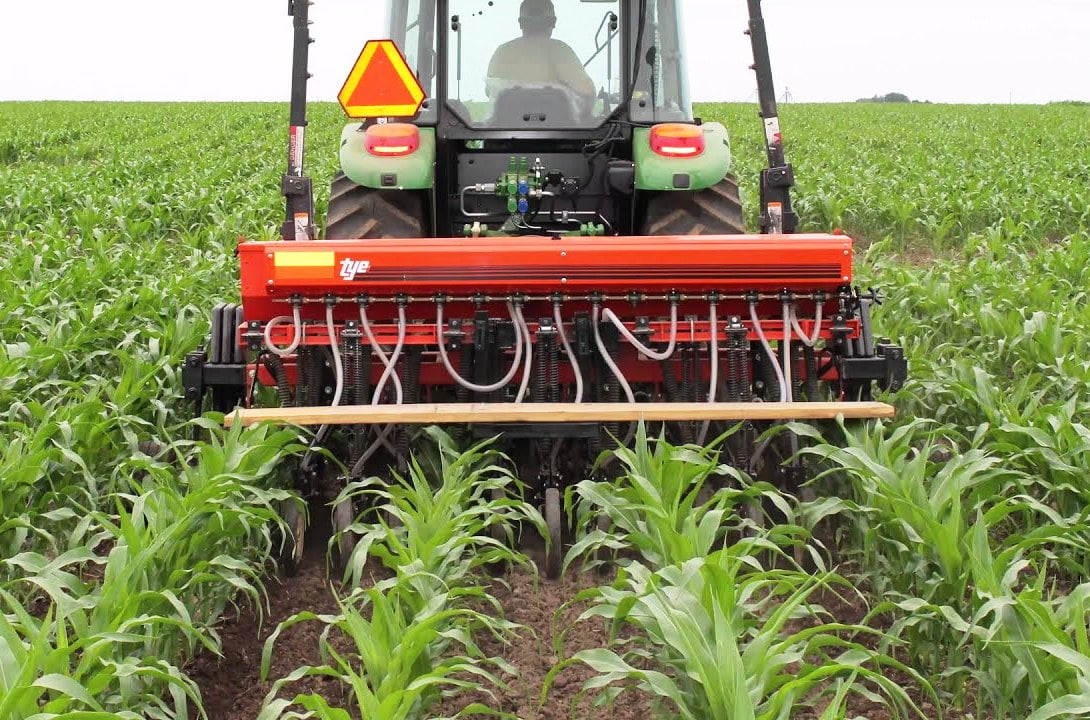Published in the August 2017 Issue
To increase food production, soil without issues is essential. Here, we explore major soil problems affecting agriculture in Tamil Nadu.
Chemical Problems
- Salinity
- Alkalinity
- Acidity
- Excess Nutrients
Physical Problems
- Poor Water Percolation
- Hardness
- Surface Crust Formation
- Loose, Sandy Soil
- Clay Soil
Saline Soil
Saline soil contains high levels of soluble salts, affecting crop growth. To manage this, construct primary and secondary drains 60 cm deep and 45 cm wide to facilitate salt leaching. Apply 5 tons of farmyard manure per hectare 10-15 days before planting paddy or other crops.
Alkaline Soil
Alkaline soil has high sodium content (>15%) and pH levels above 8.5, affecting nutrient availability.
Solution
- Plow the soil when it has adequate moisture.
- Apply gypsum as needed.
- Prevent waterlogging.
- Maintain proper drainage to allow soluble salts to leach away.
- Apply 15 tons of green manure per hectare and plow into the soil.
Acidic Soil
Acidic soil has a pH level below 6, leading to high levels of hydrogen and aluminum, and deficiencies in nutrients like phosphorus, calcium, magnesium, molybdenum, and boron.
Solution
- Apply lime based on soil test recommendations.
- Use dolomite, wood ash, or lime from sugar mills.
- Apply lime materials such as calcium oxide, calcium hydroxide, or calcium carbonate.
Iron and Aluminum Toxicity
Iron and aluminum toxicity, common in waterlogged soils, is seen in districts like Kanyakumari and Pudukottai.
Solution
- Apply required lime and fertilizers.
- Apply 0.5% zinc sulfate, 1% DAP, and 1% potash solution during the tillering and flowering stages.
Non-Compact Clay Soil
In this soil, plowing causes livestock and workers to get stuck, and rice seedlings fail to establish well.
Solution
- Apply 8 times the soil’s weight in sand.
- Roll a 400 kg stone roller or oil drum over the field thrice a year.
- Apply 2 tons of lime per hectare annually.
Sandy Soil
Sandy soil drains quickly, losing nutrients with the water.
Solution
- Roll a 400 kg stone roller or oil drum over the field thrice a year.
- Apply 25 tons of tank silt or compost to improve soil structure.
Hard Surface Soil
In hard surface clay soil, a hard layer of iron oxide forms, preventing root growth.
Solution
- Plow the soil with a chisel plow at 0.5 cm intervals every three years.
- Apply 12.5 tons of farmyard manure per hectare and plow into the soil.
Hardpan Soil
Soils with a hardpan have restricted water infiltration and nutrient absorption.
Solution
- Apply 100 tons of river sand per hectare.
- Deep plow with a chisel or disc plow during the summer.
- Apply 25 tons of farmyard manure or compost per hectare to improve soil structure and water infiltration.
Low Water Penetration in Black Soil
Black soil with low water penetration can be improved by applying 100 carts of red soil or tank silt per hectare. Deep plow during the summer and apply 25 tons of farmyard manure or compost per hectare to enhance soil structure.
High Water Penetration in Red Soil
High water penetration in red soil can be addressed by applying 25 tons of tank silt or black soil per hectare. Deep plow during the summer and apply 25 tons of farmyard manure or compost per hectare.
Chisel Plowing
In most soils, a hard layer forms below the surface, restricting root growth, nutrient uptake, and water infiltration. This issue is common in the rainfed regions of Coimbatore, Erode, Dharmapuri, Trichy, Madurai, and Salem districts.
Solution
- Plow the soil with a chisel plow at 50 cm intervals in both directions every three years.
- Apply 12.5 tons of farmyard manure or compost per hectare.
- Deep plow with a chisel or disc plow during the summer.
Managing Hardpan in Cotton Farming
In rainfed cotton farming, a hardpan forms in clay soils, affecting root growth and water absorption.
Solution
- Plow the soil with a chisel plow at 40-50 cm depth at 50 cm intervals every three years.
- Apply 25 tons of farmyard manure per hectare.
- This practice increases root growth and water retention by 20-30%, resulting in a 25% increase in cotton yield.
N. Marikannu, P. Karuppasamy, Dr. J. Thiraviam, Agricultural Science Center, Puzhutheri, Karur District.

